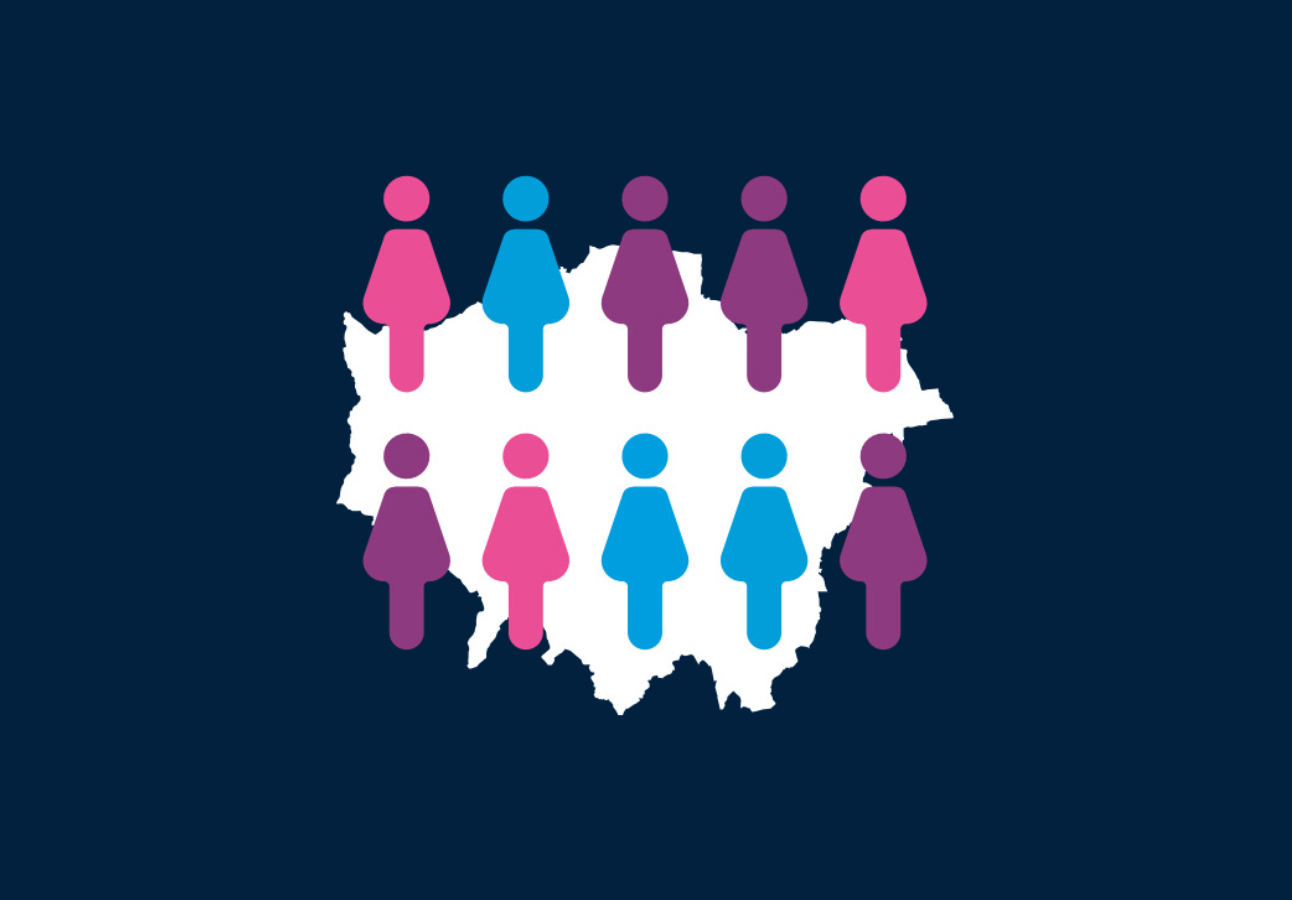Key findings
- Health and domestic abuse are inextricably linked.
- We are missing opportunities to support victims of domestic abuse and reduce the impact on their health and wellbeing. Our research showed clearly, that without the provision of specialist support to respond to a disclosure of domestic abuse, clinical staff are unlikely to ask about it.
- Domestic abuse already puts enormous strain on our NHS. With a small investment, we can unlock the potential in our health service and make victims safer, faster. Domestic abuse costs £1.73 billion to the NHS. Our research has found that it would only cost £15.7m for every NHS acute provider to have a robust Idva service. It would provide help for 15,000 additional victims a year.
Key recommendations
- National policy-makers need to prioritise domestic abuse as a health issue, incentivising hospitals with a seven-day a week Idva service, alongside increased support for children of victims, and to ensure NICE guidelines – that every person presenting with indicators of abuse must be asked – are followed consistently.
- Commissioners should have a strategy to address domestic abuse in a range of health settings including hospitals, GP surgeries and mental health services. This needs to include Idva services in hospitals and beyond, they must ensure this provision is sustainable and effectively supported, and they must fund services in a way that provides victims with long-term support in and outside of hospital. Survivors of domestic abuse need ongoing support from other services once they have exited the Idva service.
- Hospital Idva services and hospitals should embed the Idva service within the hospital, ensuring that it is visible across departments and that there are clear referral pathways for staff. Ensure that NICE guidelines are being followed consistently, and involve the Idva in delivering domestic abuse training to all hospital staff.
- Non hospital-based Idva services should seek funding to extend your existing service into hospitals, and ensure that referral routes are established and known to health professionals across departments.





